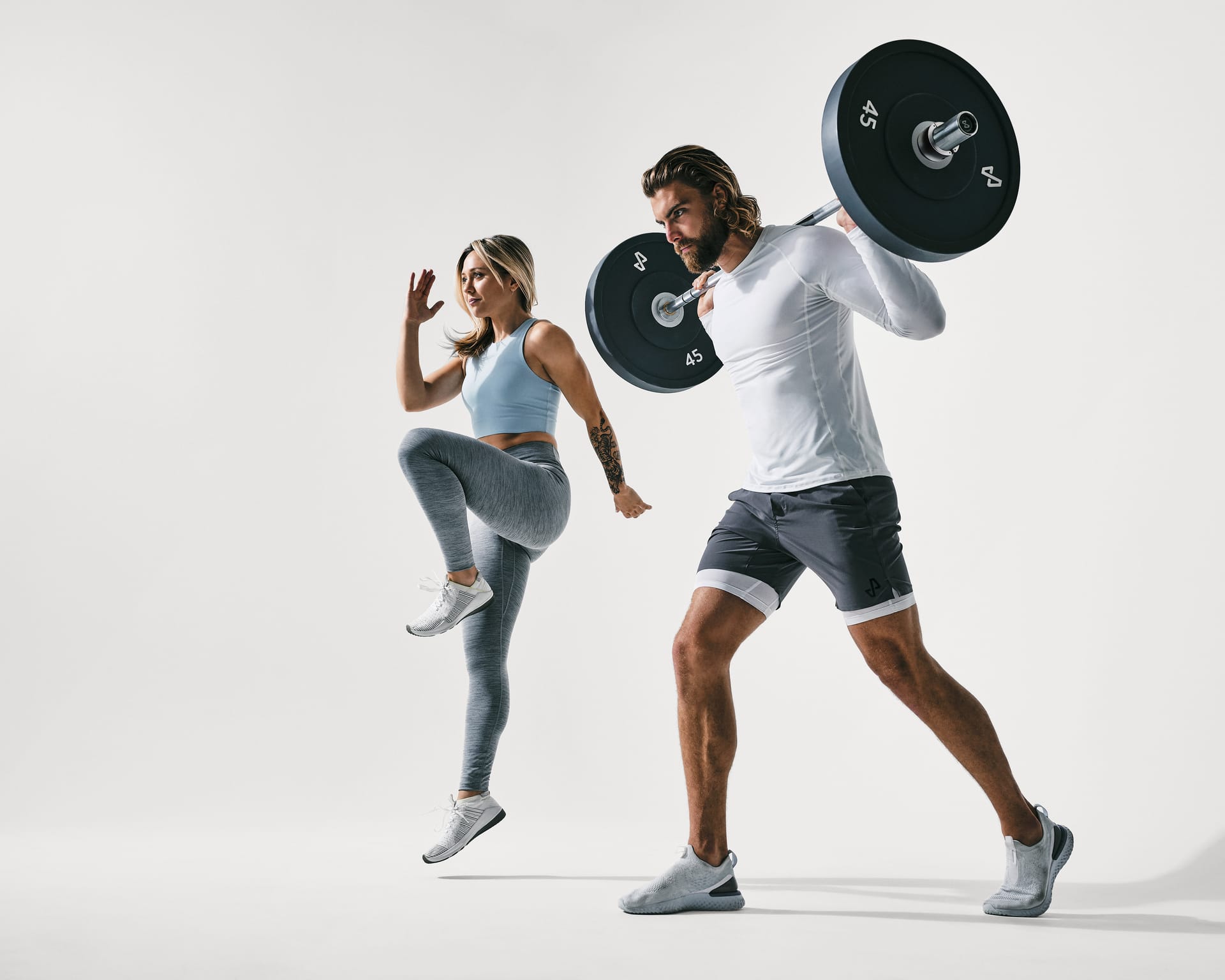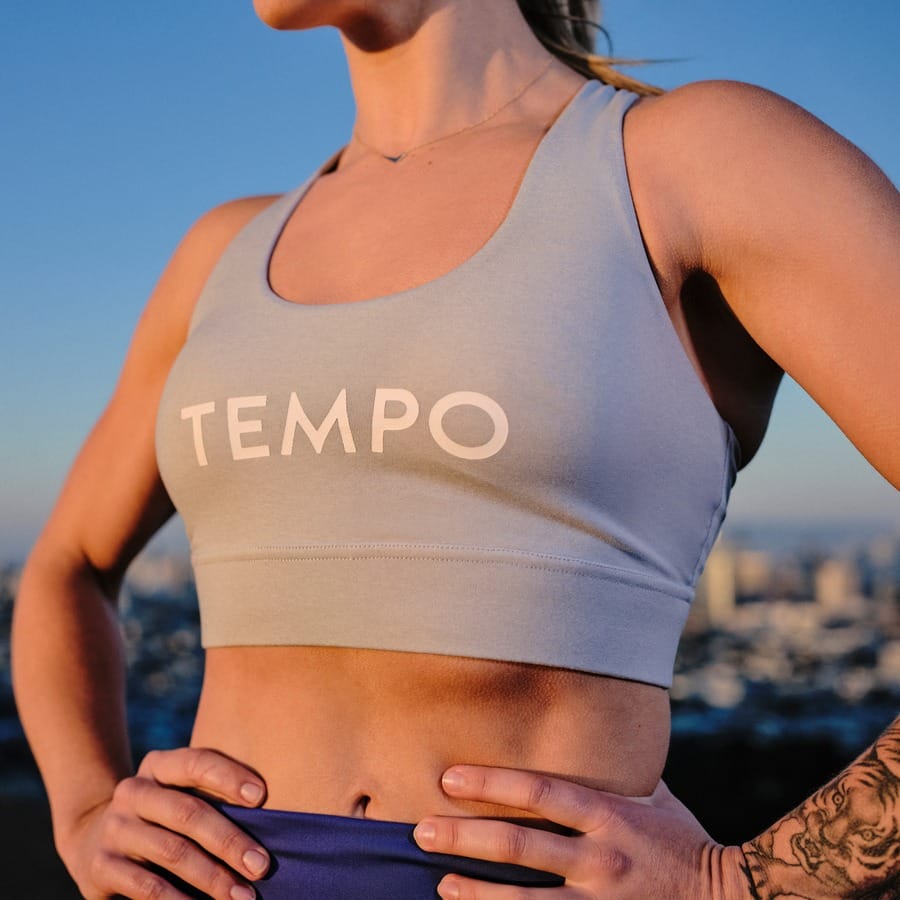So, you just finished a grueling workout. You’re hot. You’re sweaty. And you’re beyond tired. But you’re done with your workout anyway, right? Hold on for a moment! You’re not quite finished yet. A holistic exercise program should always include a cool-down afterward. Why? Well, cooling down offers a number of benefits. Namely, it helps to:
➤ Gradually lower your heart rate
➤ Decrease the risk of injury
➤ Improve flexibility
➤ Reduce the chances of getting DOMS
➤ Provide stress relief
➤ Prevent blood pooling
Don’t look at cooling down as an extra step. Look at it as part of your workout — because it is! Let’s consider each of these benefits individually a little bit more.
Why is Cooling Down After Exercise Important?
1. Improves Flexibility
After you finish a workout, your muscles are still warm. Similar to gradually bringing down your heart rate, you want a way to tell your muscles, “Okay, you can slow down now.” Stretching and doing
mobility exercises during your cool-down can help promote flexibility and mobility post-workout and in the days that follow. This will further helps to reduce soreness and tightness.
Stretching during your cool-down is especially important if you live in a colder climate. Stepping outside into a cooler temperature can be jarring on your muscles right after a workout. So if that applies to you, be sure to bundle up in extra clothing if you go outside right away afterwards. We know you might be hot and sweaty but walking outside into the cold without additional layers is not the answer!
Don’t forget to incorporate both active and passive stretching. Passive stretching entails staying in a position for an extended period of time — like a straddle stretch or frog stretch. Active stretching means that you engage one muscle to activate (stretch) another. For example, an active stretch can be laying on the floor, on your back, and lifting one leg up until you feel a stretch in your hamstring. You are engaging certain muscles to lift that leg while simultaneously stretching your hamstrings; two birds, one stone.
As an added bonus, active stretching is especially awesome for your mobility, which is important for preventing injury. We call that a win.
2. Gradually Lowers Your Heart Rate
While it varies from person to person, a
normal resting heart rate for an adult ranges from 60 to 100 beats per minute. During your workout,
your heart might be racing. In fact, that might be the entire
goal of your training.
If your heart rate speeds up during training, you’ll want to help it slow down gradually when you wrap up. Otherwise, if you stop exercising too suddenly,
you can get lightheaded, start to feel sick, and even pass out. Cooling down prevents your heart rate, blood pressure, and body temperature from dropping too rapidly.
Lowering your heart rate doesn’t have to be complicated. This might mean going for a brief walk or light jog until you can feel it slow down. Some people like to hop on a rower for a few minutes. You could also do a little active stretching. (More on that in a minute!)
3. Decreases the Risk of Injury
You might already know that you warm up to prepare your muscles for a workout. This helps you train safely and avoid injury. Cooling down is just as important! If you don’t cool down, it’s like driving at 100 MPH and then slamming on the brakes. This can lead to increased pain and stiffness in the following days.
You want to be particularly mindful of this if you spend most of your day sitting — something that many of our jobs require of us. Excessive sitting usually goes hand in hand with poor posture, which can lead to weakness and immobility in your hip flexors and pecs specifically. The result? Additional pain, stiffness,
soreness, and injury. This is yet another reason why cool-downs are so important, even more so for those of us with more sedentary lifestyles.
4. Reduces the Chances of Getting DOMS (Delayed Onset Muscle Soreness)
DOMS is a normal response to stressing your muscles in a way they’re not used to. Remember, when you strength train, you create microtears in your muscles. When these tears heal, they’re bigger than they were before. And this is
how your muscles grow.
So, don’t let a little soreness worry you.
However, just because it’s normal doesn’t make it any less pesky. Cooling down after your workout could help to alleviate some of the soreness you feel in the days after a particularly grueling sweat sesh. In fact, one study published in the
Journal of Human Kinetics found that specifically, an aerobic cool-down can reduce DOMS by improving your circulation and helping remove noxious waste products that would otherwise build up in your muscles. So, light cardio or even walking will help to keep your blood flow and metabolism high, which can help offset the symptoms of DOMs. This is yet another benefit of cooling down after you exercise.
Note: If you experience extreme or prolonged soreness that interferes with your daily life, hit the pause button on your workouts and talk to your doctor or physical therapist.
5. Helps with Stress Relief
You might already know that when you work out, your body releases all sorts of chemicals and hormones that make you feel better — like endorphins. As you cool down, this process continues. In particular, your brain will release more dopamine and serotonin. Dopamine makes you feel a sense of reward, and serotonin improves your mood. The result? Some of the stress you’re still feeling will continue to melt away. This is why staying active is so wonderful for your
mental health.
Really be present and mindful during your cool-down. Participate in it intentionally and take it as seriously as you take the main workout. You’re going to find that even on a mental level, it makes you feel amazing.
6. Prevents Blood Pooling
During a workout, extra blood goes to your muscles to help them contract. This is a natural part of the process. However, if you don’t cool down afterward,
this blood can “pool” up — meaning
collect.
Doing a cool-down after your workout ensures that your blood continues to pump in a healthy manner. This means that oxygen and nutrients will move throughout your body as they need to. This, in turn, encourages recovery! So, what does this mean for you? If you walk around for even a few minutes following your workout, you should be good to go.
The Bottom Line
So, what does it all mean?
There’s an underlying theme here. A lot of the benefits of cooling down after a workout have to do with easing your body out of exercise mode. Think of it like climbing a mountain and climbing back down again. Climbing up is your warm-up. Instead of increasing your elevation all at once — which could be quite dangerous — you do it gradually to help prepare and protect your body. At the mountain’s peak is your workout. Climbing down the mountain is your cool-down. You’re once again gradually reducing your “elevation” so that you don’t send your body into shock.
Working out is like climbing a mountain. It includes three elements: your warm-up, your workout, and your cool-down.
Getting Started with Tempo
We know that it’s easy to skip the cool-down after a grueling workout. But with all of the benefits it offers, it’s not something you want to miss. Having a holistic approach to your training is important. The workout itself is just one part. The warm-up and cool-down are equally important. When you train with Tempo, one of our experienced coaches will ensure that your workout is safe, efficient, and impactful.
Whether your
workout is focused on strength or cardio,
yoga or
prenatal exercises, our A-to-Z programming promises you a nice challenge from the word “go.” With our 3D Tempo Vision, we monitor your technique and performance, offering on-the-spot feedback on how you can improve. Plus,
Tempo tracks all of your progress so you can see how your performance is changing over time.
Our head coaches are all highly trained and experienced in their respective sports and programming. Not only will they keep you safe, but they’ll ensure that you get the most out of your workout, regardless of how long you’re at it. We place an extra emphasis on the
quality of your movement. Even if you only have 10 minutes to exercise, we’re going to make sure it’s the best 10 minutes of your day. We’ll even
customize your workouts based on your goals.
Ready for the next step? So are we! Choose how you train.
Tempo Studio is our most powerful all-in-one solution, while
Tempo Move is designed to fit anywhere. With our smart home gym system, you can reach all of your fitness goals without ever leaving your home.
Better health and wellness are within reach.
Shop with Tempo today and let’s train together.













